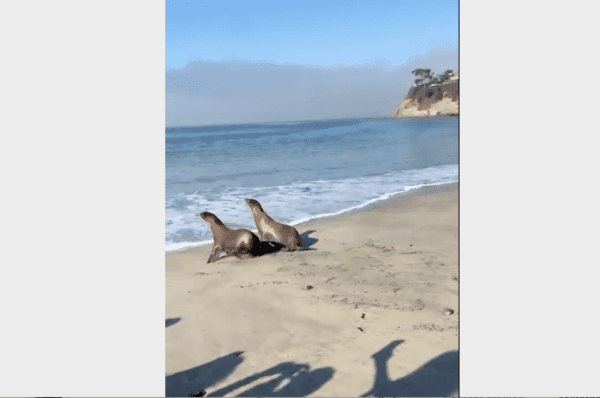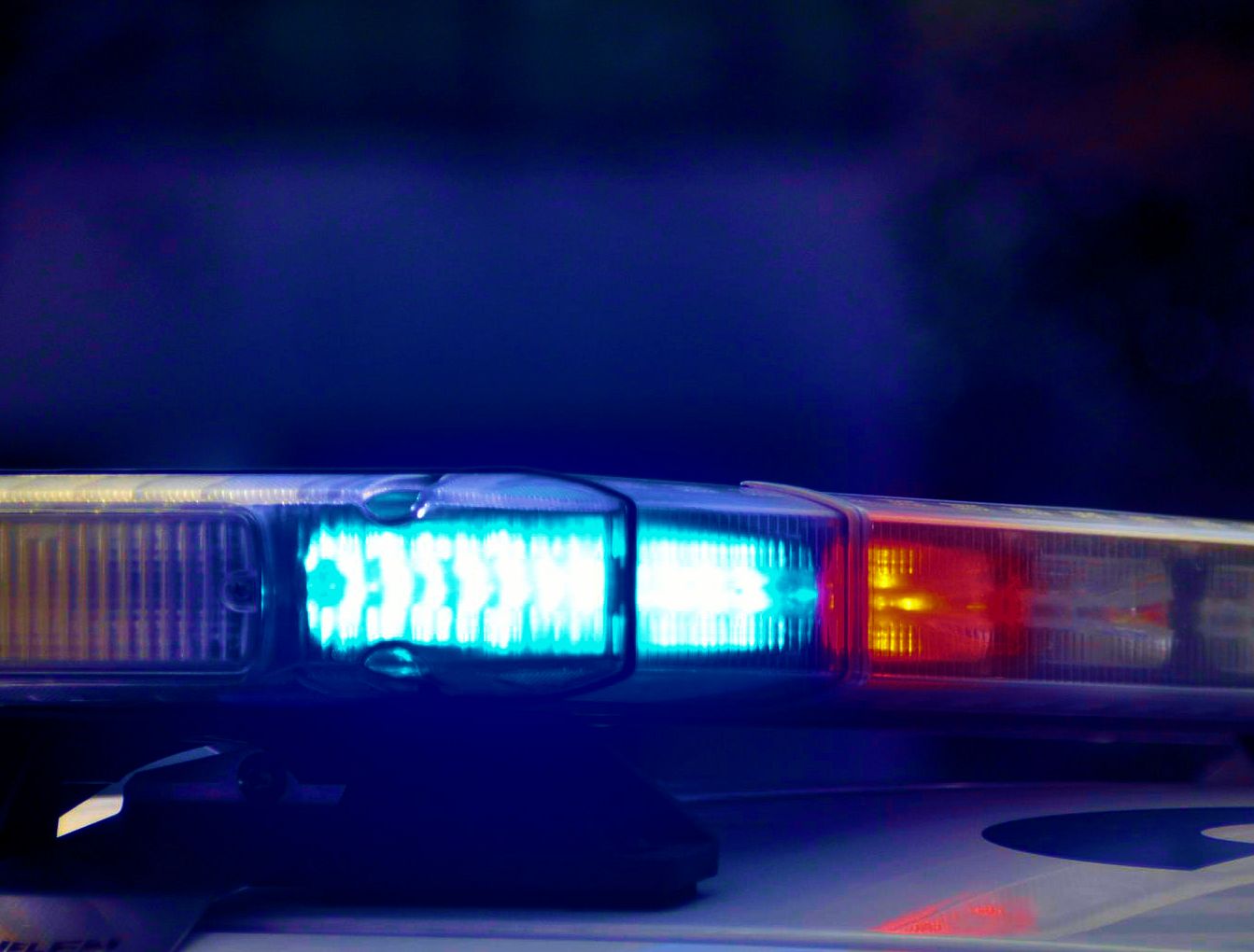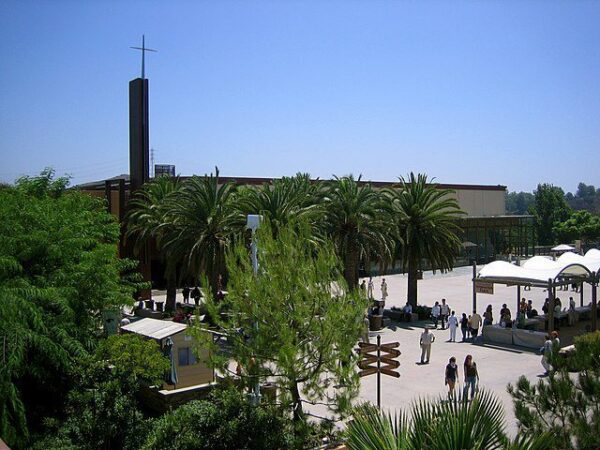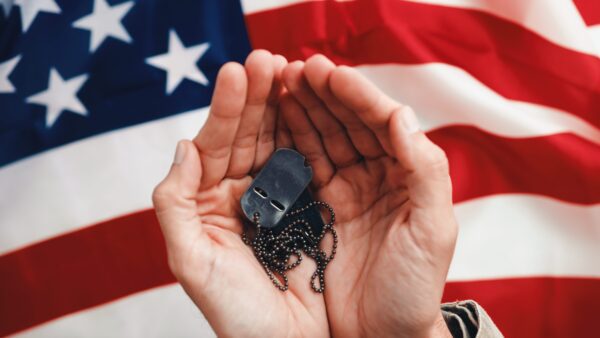A pair of sea lions who were among thousands of marine mammals sickened by a toxic algae bloom off the coast of Southern California triumphantly returned to the ocean Wednesday after being treated by experts at a care center in San Pedro.
The pair, dubbed Sophie and Gracie, were released early Wednesday morning on the beach in San Pedro. Once their cages were opened, the duo ran side-by-side as quickly as they could to the shoreline and dove into the surf, immediately frolicking in the water and enjoying the return to their home.
They were nursed back to health by officials at the Marine Mammal Care Center, the San Pedro facility that treated hundreds of sea mammals that were sickened by the widespread toxic bloom. During the height of the bloom over the summer, sea lions, dolphins and other animals were found on Southland beaches struggling to survive.
The bloom spanned an area from Orange to San Luis Obispo counties, producing domoic acid, which is a neurotoxin that can easily fell the sea life swimming in it. The sickened mammals were left disoriented, lethargic and struggling to move. It also tended to make the animals more aggressive due to their disorientation, creating a risk to anyone who approached them.
County officials said the toxin damages the brains of marine mammals, leaving them dazed and lethargic on beaches, often leading to death. Sea lions are particularly susceptible due to their foraging habits, which involve devouring the shellfish that eat the deadly algae. With treatment, the sea lions can recover within 72 hours, but some retain brain damage, resulting in memory loss, depending on how much tainted seafood the animal has devoured.
Marine Mammal Care Center employees and volunteers worked to gather the sickened animals and bring them in for treatment. Many died, but others were nursed back to health.
The release of the two sea lions Wednesday morning sparked cheers from onlookers who gathered to watch.
“I started crying as well, too,” one witness told Fox11 on the sand after the sea lions made their way back into the water. “I’m a surfer so we see them when they start getting sick in the ocean. And I was volunteering and I could see them seizing and sort of struggling to get out of the ocean, and it was really heartbreaking. To see them gallivant out into the ocean … it was just sort of — (brought) a big smile to my face.”
Los Angeles County Supervisor Janice Hahn, who represents the San Pedro area, was also on hand for the release.
“And I think days like today is an opportunity to highlight how important our ecosystem is and how important it is to keep our oceans clean and sustainable for all life — our life and all the life of the creatures who call the ocean their home,” she told Channel 11.







